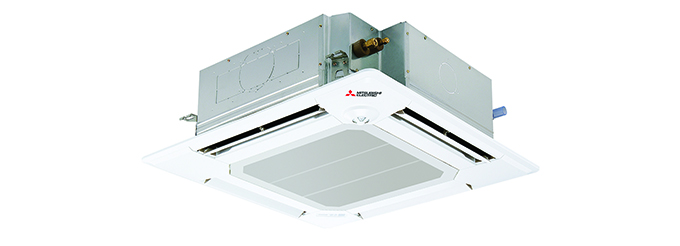The elevator industry has undergone a significant transformation in recent years, with a focus on modern elevator design that prioritizes aesthetics, efficiency, and sustainability. Gone are the days of bland, industrial-looking elevators that only served a functional purpose. Today, elevators are designed to make a statement, blending seamlessly into the architecture of modern buildings while providing a comfortable and convenient way to move people and goods.
Modern Elevator Design: A Game-Changer in Urban Infrastructure
Modern elevator design has revolutionized the way we experience vertical transportation. With sleek and minimalist designs, contemporary elevators are no longer just a means to get from one floor to another. They have become an integral part of a building's design, adding to its visual appeal and ambiance. From futuristic glass elevators to eco-friendly models that reduce energy consumption, modern elevator design has come a long way in terms of innovation and creativity.
With the increasing demand for green buildings, modern elevators are designed to minimize energy consumption, reduce carbon footprint, and provide a sustainable solution for building owners.
Elevators Price in India: Understanding the Cost Factor
While modern elevator design has gained popularity globally, the cost factor remains a crucial consideration, especially in countries like India where infrastructure development is on the rise. Elevators price in India varies depending on several factors, including the type of elevator, capacity, and features.
On average, the price of a modern elevator in India can range from ₹5 lakhs to ₹50 lakhs or more, depending on the specifications and brand. For instance, a basic passenger elevator with a capacity of 4–6 persons can cost around ₹5–8 lakhs, while a high-speed elevator with advanced features like touchless operation and Destination Control Systems can cost upwards of ₹20–30 lakhs.
What Drives the Cost of Elevators in India?
Several factors influence elevators price in India, including the type of elevator, installation costs, and maintenance requirements. For instance, hydraulic elevators are generally more expensive than traction elevators, while high-rise buildings require more advanced and expensive elevator systems.
Additionally, the cost of installation, including labor and material costs, can add up to 20–30% to the overall cost of the elevator. Furthermore, maintenance costs, including regular servicing and repairs, can also impact the overall cost of ownership.
The Future of Modern Elevator Design: Trends and Innovations
As the elevator industry continues to evolve, we can expect to see even more innovative and cutting-edge designs that prioritize sustainability, accessibility, and efficiency. Some of the emerging trends in modern elevator design include the use of advanced materials like carbon fiber and next-gen control systems that reduce energy consumption.
There is also a growing focus on accessible and inclusive design, with elevators that cater to the needs of people with disabilities. With the increasing demand for sustainable infrastructure, modern elevator design is expected to play a critical role in shaping the future of urban development.
Conclusion
Modern elevator design has come a long way in terms of aesthetics, efficiency, and sustainability. With elevators price in India varying depending on multiple factors, it is essential for buyers to understand the cost implications and long-term benefits of investing in modern elevator technology. As the industry continues to advance, we can expect even more innovations that emphasize sustainability, accessibility, and efficiency—shaping the future of vertical transportation.





Comments